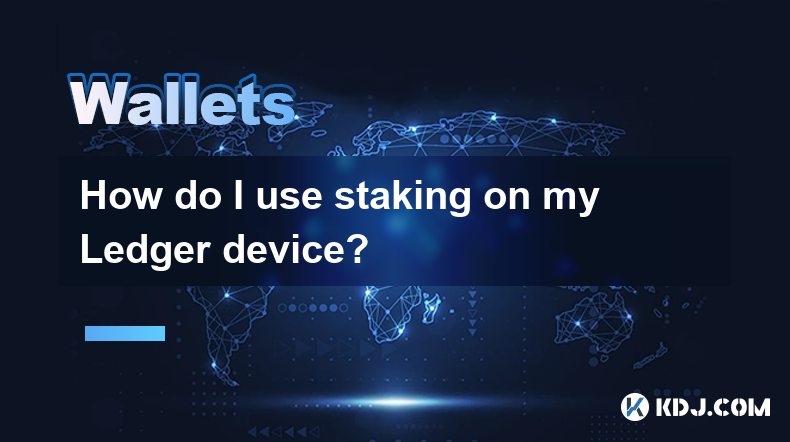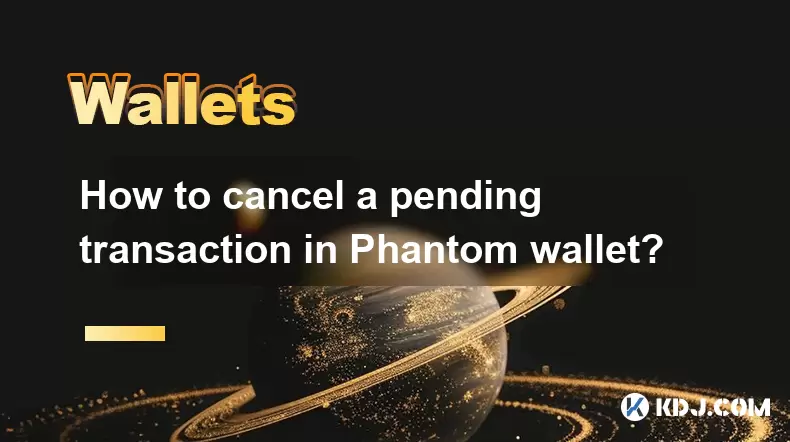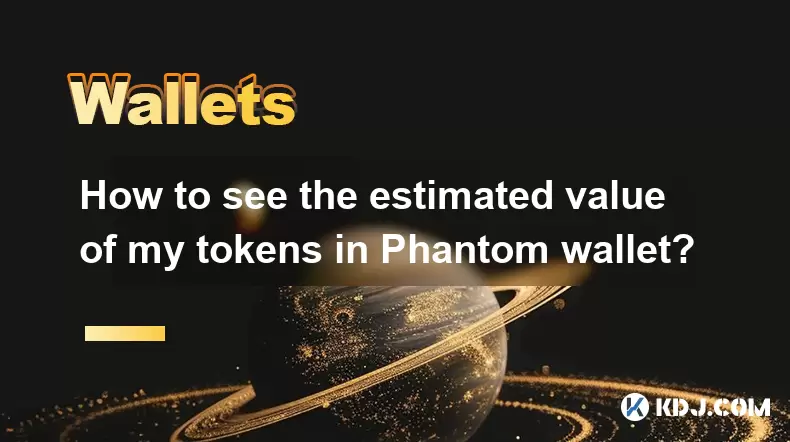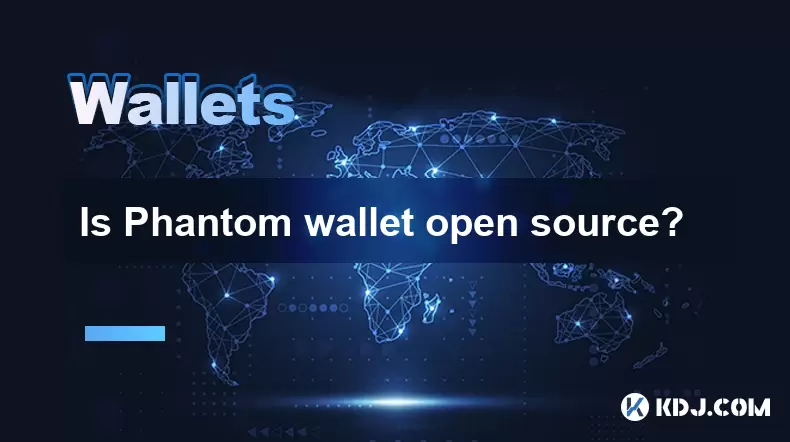-
 Bitcoin
Bitcoin $109,058.5326
-0.67% -
 Ethereum
Ethereum $2,553.3914
-1.56% -
 Tether USDt
Tether USDt $1.0004
0.01% -
 XRP
XRP $2.2311
-2.72% -
 BNB
BNB $658.4030
-0.74% -
 Solana
Solana $150.4006
-2.89% -
 USDC
USDC $1.0000
0.01% -
 TRON
TRON $0.2870
1.26% -
 Dogecoin
Dogecoin $0.1671
-3.94% -
 Cardano
Cardano $0.5819
-3.67% -
 Hyperliquid
Hyperliquid $38.9110
-4.28% -
 Sui
Sui $2.9262
-3.28% -
 Bitcoin Cash
Bitcoin Cash $481.7213
-4.33% -
 Chainlink
Chainlink $13.3658
-3.40% -
 UNUS SED LEO
UNUS SED LEO $9.0445
0.35% -
 Avalanche
Avalanche $18.0828
-3.99% -
 Stellar
Stellar $0.2400
-2.09% -
 Toncoin
Toncoin $2.8111
-3.00% -
 Shiba Inu
Shiba Inu $0.0...01157
-3.51% -
 Litecoin
Litecoin $87.9190
-3.80% -
 Hedera
Hedera $0.1556
-2.74% -
 Monero
Monero $321.6492
-3.46% -
 Polkadot
Polkadot $3.4434
-4.49% -
 Dai
Dai $0.9999
-0.02% -
 Ethena USDe
Ethena USDe $1.0001
-0.02% -
 Bitget Token
Bitget Token $4.4642
-2.92% -
 Uniswap
Uniswap $7.3673
-3.63% -
 Pepe
Pepe $0.0...09790
-7.15% -
 Aave
Aave $269.7432
-3.24% -
 Pi
Pi $0.4830
-3.91%
How do I use staking on my Ledger device?
Securely stake cryptocurrencies like Solana & Cosmos on your Ledger device via reputable providers, but understand potential slashing risks and varying processes depending on the coin and provider.
Mar 17, 2025 at 12:41 pm

Key Points:
- Ledger devices offer a secure way to stake various cryptocurrencies. However, the process varies depending on the coin and the chosen staking provider.
- You'll generally need a Ledger Live account and the correct application installed on your device.
- Understanding the risks associated with staking, such as potential slashing, is crucial before proceeding.
- Choosing a reputable staking provider is vital to ensure the security of your assets.
How do I use staking on my Ledger device?
Staking your cryptocurrencies on your Ledger device offers a secure and potentially rewarding way to participate in blockchain consensus mechanisms. However, it's not a single, universal process. The specifics depend heavily on the cryptocurrency you're staking and the chosen staking provider. Let's break down the general steps and considerations.
First, ensure your Ledger device is updated with the latest firmware. This is crucial for security and compatibility. You'll also need to install the appropriate cryptocurrency application on your Ledger device from the Ledger Live manager. For example, if you plan to stake Solana, you’ll need the Solana app. Without the correct app, you can't interact with the cryptocurrency on your Ledger.
Next, you need to choose a staking provider. Many platforms offer Ledger integration for various cryptocurrencies. Research carefully and select a provider with a strong reputation for security and transparency. Check reviews and consider factors like fees, minimum stake amounts, and the provider's track record. Avoid unknown or poorly reviewed providers to mitigate risks.
Once you've selected a provider, you'll need to connect your Ledger device to your computer and open the Ledger Live application. The specific steps will vary slightly depending on the chosen provider and the cryptocurrency. Generally, you'll need to authorize the transaction on your Ledger device using the buttons on the device itself.
The process often involves delegating your coins to a validator node operated by the staking provider. This validator will participate in the consensus mechanism on your behalf, earning you rewards. The rewards are usually paid out periodically, depending on the cryptocurrency and the provider’s schedule. Remember that the frequency and amount of rewards can fluctuate.
It’s essential to understand the risks involved in staking. Some cryptocurrencies, like Cosmos or Solana, employ slashing mechanisms. This means you could lose a portion of your staked coins if the validator you’ve chosen misbehaves or is offline for extended periods. Thoroughly research the specific slashing conditions for your chosen cryptocurrency before starting.
After successfully staking, you'll typically be able to monitor your staking progress through the staking provider's interface or your Ledger Live account. Keep an eye on your rewards and the overall performance of your chosen validator. You should always be able to unstake your cryptocurrencies at any time, though there may be an unbonding period depending on the specific blockchain. This unbonding period can range from a few days to several weeks.
Frequently Asked Questions:
Q: What cryptocurrencies can I stake with my Ledger device?
A: Many cryptocurrencies support staking via Ledger. Popular options include Solana, Cosmos, Tezos, Cardano, and Algorand, among others. However, the specific staking methods and providers may vary for each coin. Always check the compatibility before attempting to stake.
Q: Is staking on a Ledger device safer than staking directly on an exchange?
A: Yes, generally staking on a Ledger device is considered safer. By keeping your private keys under your control, you significantly reduce the risk of losing your assets due to exchange hacks or security breaches. Exchanges hold your funds, exposing them to potential risks.
Q: What are the fees associated with staking on a Ledger device?
A: Fees vary depending on the staking provider and the cryptocurrency. Some providers may charge a commission on your staking rewards, while others may have transaction fees associated with delegating and unstaking your coins. Always check the fee structure before committing.
Q: What happens if the validator I chose gets penalized or slashed?
A: If your chosen validator is penalized or slashed, you may lose a portion of your staked coins. The extent of the loss depends on the specific cryptocurrency and the severity of the validator's infraction. This highlights the importance of choosing reputable and well-performing validators.
Q: Can I stake multiple cryptocurrencies simultaneously on my Ledger device?
A: Yes, you can generally stake multiple cryptocurrencies using your Ledger device. However, you’ll need the appropriate application for each cryptocurrency installed on your device, and you'll likely be using different staking providers for different coins.
Q: How do I unstake my cryptocurrency from my Ledger device?
A: The unstaking process depends on the chosen provider and the cryptocurrency. Typically, you'll initiate the unstaking process through the provider's interface. There will often be an unbonding period before you can access your funds again. This period varies depending on the blockchain's parameters.
Q: What if I lose my Ledger device?
A: Losing your Ledger device can be problematic. If you haven't set up a recovery seed phrase, your funds may be irretrievably lost. Therefore, securely storing your recovery phrase is paramount. Never share your seed phrase with anyone.
Q: Are there any risks associated with using a third-party staking provider?
A: Yes, there are risks. Choosing a reputable provider is crucial. Risks include the provider going bankrupt, experiencing security breaches, or engaging in fraudulent activities. Always thoroughly research potential providers before entrusting your assets.
Disclaimer:info@kdj.com
The information provided is not trading advice. kdj.com does not assume any responsibility for any investments made based on the information provided in this article. Cryptocurrencies are highly volatile and it is highly recommended that you invest with caution after thorough research!
If you believe that the content used on this website infringes your copyright, please contact us immediately (info@kdj.com) and we will delete it promptly.
- Bitcoin's Pattern Break: Are HODLers the Key to the Next Surge?
- 2025-07-04 18:50:12
- Meme Coins, Crypto Tokens, and Joke Creation: A New Yorker's Take
- 2025-07-04 18:30:12
- Level Up Your Lawn: Grass Seeds, Garden Experts, and the £1 Coin Hack!
- 2025-07-04 18:30:12
- Sui Price Surges Amid Lion Group's Treasury Move: What's Next?
- 2025-07-04 16:30:13
- BLAST Price Bounces Back After Token Unlock: Is the Rally Real?
- 2025-07-04 17:10:16
- Wormhole, Coinbase, and Interoperability: A New Era for Crypto?
- 2025-07-04 16:30:13
Related knowledge

How to cancel a pending transaction in Phantom wallet?
Jul 03,2025 at 07:21pm
Understanding Pending Transactions in Phantom WalletA pending transaction in the Phantom wallet occurs when a user initiates a transfer or interaction with the Solana blockchain, but it hasn't yet been confirmed by the network. This can happen due to various reasons such as low transaction fees, network congestion, or incorrect gas settings. It's import...

How to see the estimated value of my tokens in Phantom wallet?
Jul 04,2025 at 12:21am
What is Phantom Wallet?Phantom wallet is one of the most popular cryptocurrency wallets designed for the Solana blockchain. It allows users to store, send, receive, and manage various tokens built on Solana, including SPL tokens and NFTs. The wallet offers a user-friendly interface, making it accessible for both beginners and advanced users in the crypt...

How to lock my Phantom wallet extension?
Jul 03,2025 at 11:14am
What Is the Phantom Wallet and Why Lock It?The Phantom wallet is a popular non-custodial cryptocurrency wallet designed for interacting with the Solana blockchain. Supporting both browser extensions and mobile apps, Phantom allows users to store, send, receive, and stake SOL tokens, as well as interact with decentralized applications (dApps). Securing y...

Does Phantom wallet offer two-factor authentication (2FA)?
Jul 03,2025 at 09:00am
Understanding Phantom Wallet and Its Security FeaturesPhantom wallet is a widely used non-custodial cryptocurrency wallet that supports the Solana blockchain. It allows users to store, send, receive, and interact with decentralized applications (dApps) seamlessly. As security is a top priority for any crypto wallet user, security features like two-facto...

What is "rent" on Solana and how does it affect my Phantom wallet?
Jul 02,2025 at 08:35pm
Understanding 'Rent' on SolanaIn the context of Solana, the term 'rent' refers to a storage fee that users pay for maintaining data on the blockchain. Unlike Ethereum, where storage costs are paid once via gas fees during contract deployment, Solana implements a recurring cost model to ensure efficient usage of network resources. This means that any acc...

Is Phantom wallet open source?
Jul 03,2025 at 12:29am
What is Phantom Wallet?Phantom wallet is a non-custodial cryptocurrency wallet primarily designed for the Solana blockchain. It allows users to store, send, receive, and interact with decentralized applications (dApps) on the Solana network. The wallet is available as a browser extension and mobile application, offering a seamless experience for both be...

How to cancel a pending transaction in Phantom wallet?
Jul 03,2025 at 07:21pm
Understanding Pending Transactions in Phantom WalletA pending transaction in the Phantom wallet occurs when a user initiates a transfer or interaction with the Solana blockchain, but it hasn't yet been confirmed by the network. This can happen due to various reasons such as low transaction fees, network congestion, or incorrect gas settings. It's import...

How to see the estimated value of my tokens in Phantom wallet?
Jul 04,2025 at 12:21am
What is Phantom Wallet?Phantom wallet is one of the most popular cryptocurrency wallets designed for the Solana blockchain. It allows users to store, send, receive, and manage various tokens built on Solana, including SPL tokens and NFTs. The wallet offers a user-friendly interface, making it accessible for both beginners and advanced users in the crypt...

How to lock my Phantom wallet extension?
Jul 03,2025 at 11:14am
What Is the Phantom Wallet and Why Lock It?The Phantom wallet is a popular non-custodial cryptocurrency wallet designed for interacting with the Solana blockchain. Supporting both browser extensions and mobile apps, Phantom allows users to store, send, receive, and stake SOL tokens, as well as interact with decentralized applications (dApps). Securing y...

Does Phantom wallet offer two-factor authentication (2FA)?
Jul 03,2025 at 09:00am
Understanding Phantom Wallet and Its Security FeaturesPhantom wallet is a widely used non-custodial cryptocurrency wallet that supports the Solana blockchain. It allows users to store, send, receive, and interact with decentralized applications (dApps) seamlessly. As security is a top priority for any crypto wallet user, security features like two-facto...

What is "rent" on Solana and how does it affect my Phantom wallet?
Jul 02,2025 at 08:35pm
Understanding 'Rent' on SolanaIn the context of Solana, the term 'rent' refers to a storage fee that users pay for maintaining data on the blockchain. Unlike Ethereum, where storage costs are paid once via gas fees during contract deployment, Solana implements a recurring cost model to ensure efficient usage of network resources. This means that any acc...

Is Phantom wallet open source?
Jul 03,2025 at 12:29am
What is Phantom Wallet?Phantom wallet is a non-custodial cryptocurrency wallet primarily designed for the Solana blockchain. It allows users to store, send, receive, and interact with decentralized applications (dApps) on the Solana network. The wallet is available as a browser extension and mobile application, offering a seamless experience for both be...
See all articles

























































































